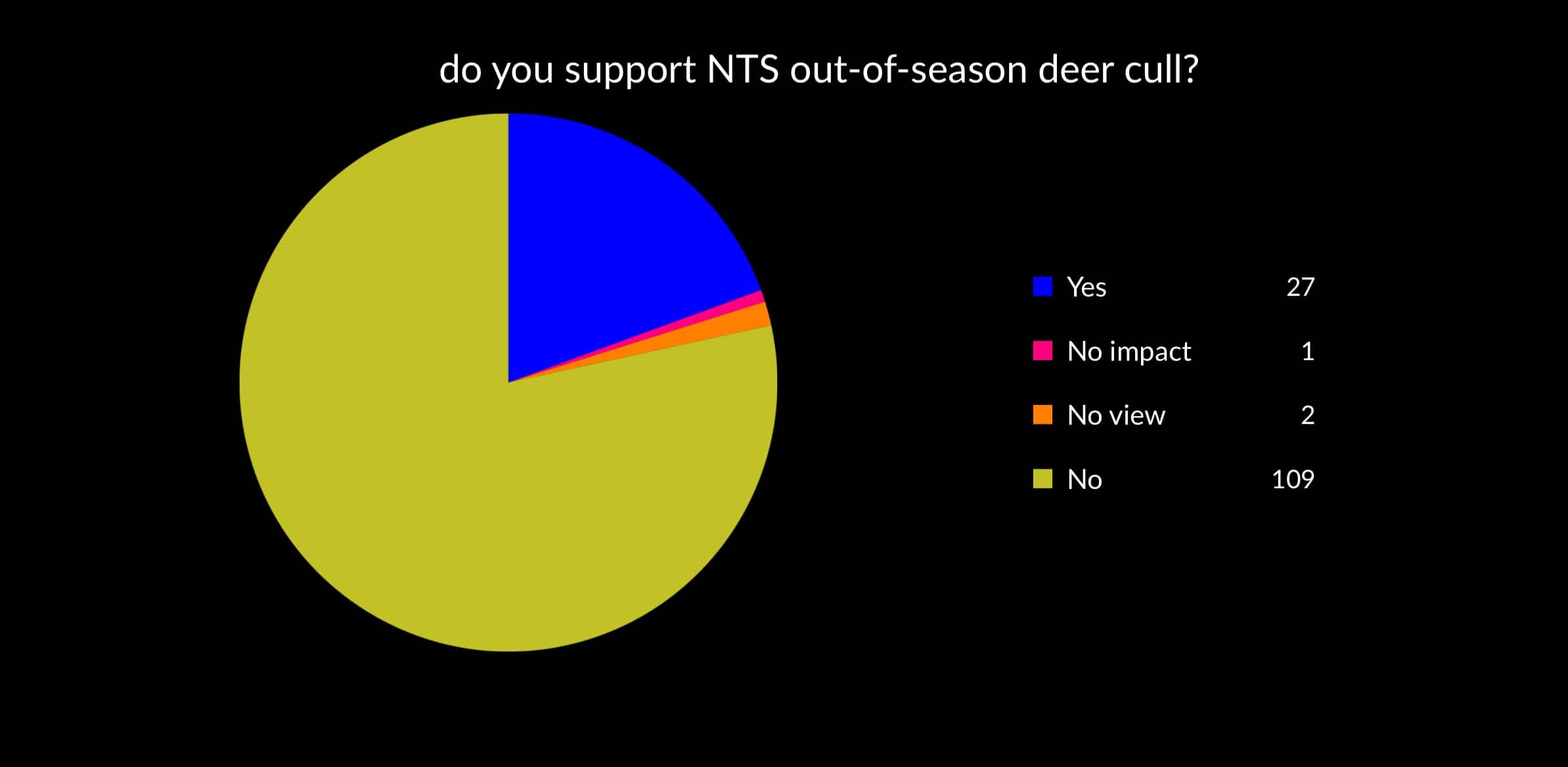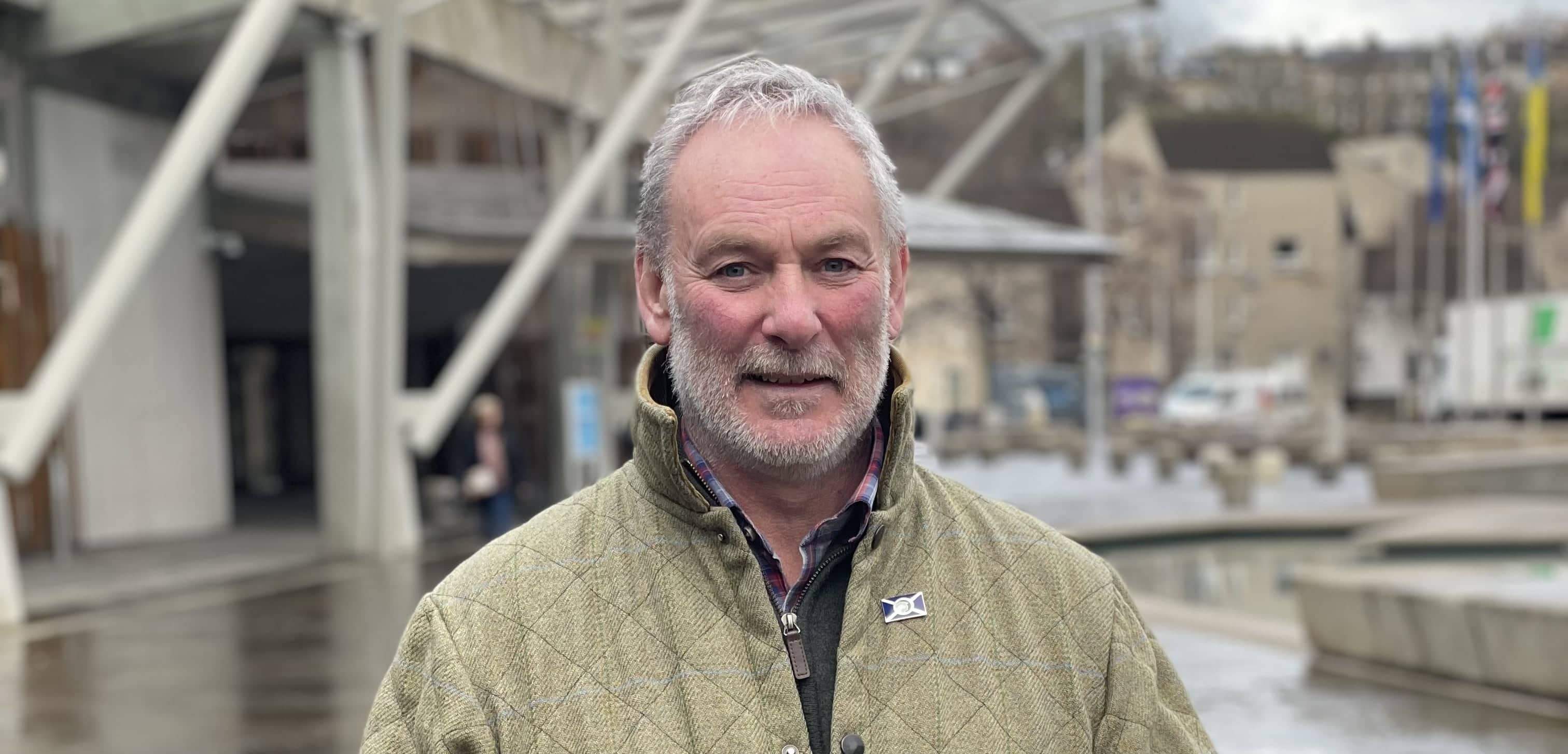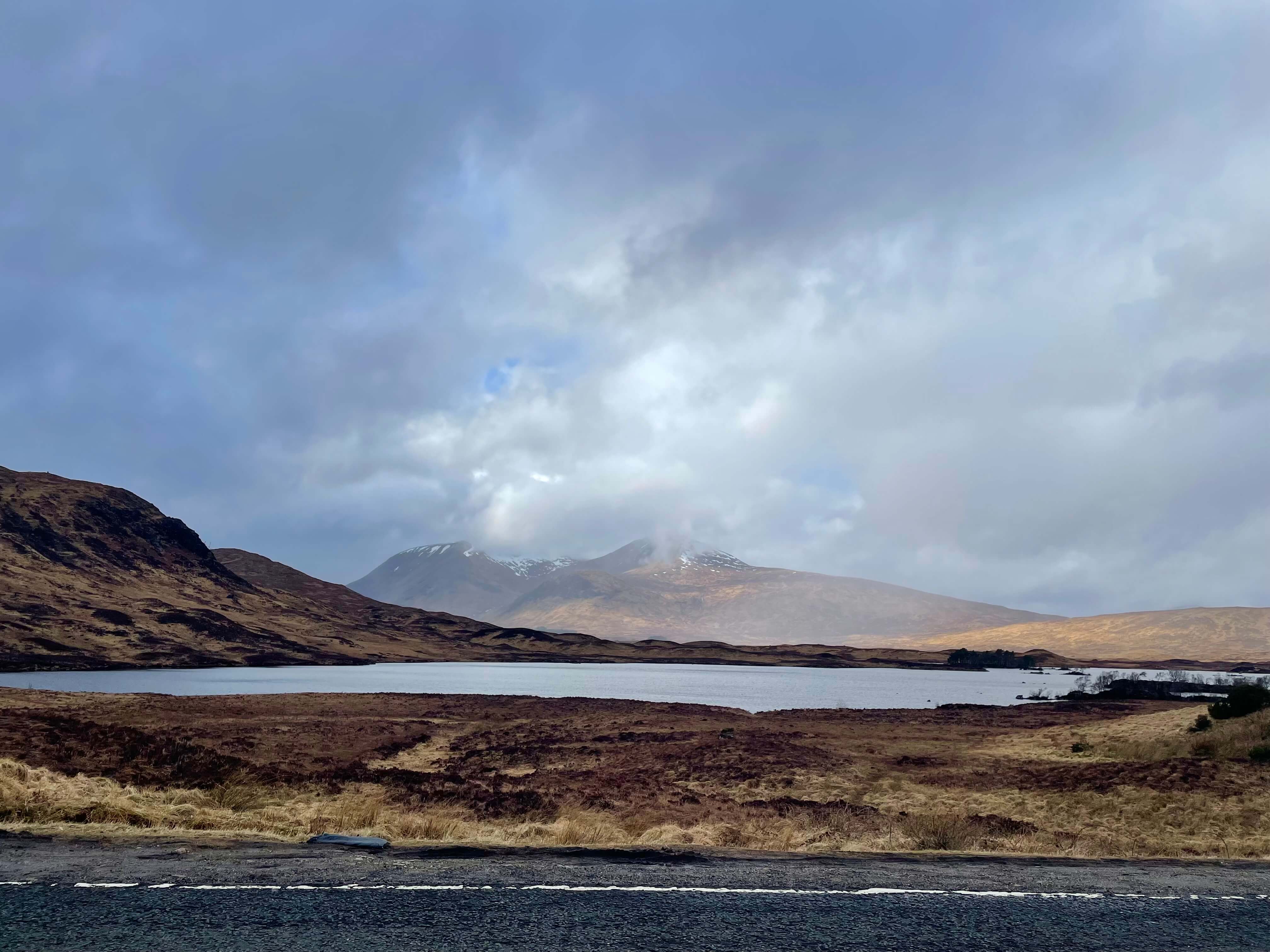
A survey, drafted by estates and local families, was taken by 139 individuals either resident or with businesses in the area.
Of those, 109 voiced opposition to the killing of deer out-of-season by the charity, with employment loss, negative tourism impacts and animal welfare being the principal reasons cited.
Only 27 respondents were in favour, saying that it would help promote habitat recovery and could reduce the presence of deer on surrounding roads.

National Trust for Scotland were granted a licence from regulators NatureScot to shoot deer outwith the legal seasons this winter past, with the aim of reducing the number of wintering deer on their reserve.
Since September, NTS have shot over 220 deer (mostly Stags), with 41 shot under authorisation at night, in a bid to promote tree regeneration without the use of protective fencing.
However, the wintering movements of deer means local gamekeepers, who are reliant upon visiting deer stalking income to sustain their jobs and family homes, are being directly impacted.
Deer have sheltered temporarily in the part of the glen owned by NTS for millennia during winter snows before returning to neighbouring hills and glens when the weather improves.
There, they are regarded as an asset, with deer supporting gamekeeper jobs, the retention of working age adults and dependents in the community and attracting paying visitors to local businesses.
Attritional, heightened deer culls, over a long period, will naturally reduce the value of the asset to the wider community, with deer being viewed as a magnet for tourists.
With full-time employment fragile in the area, the majority of survey respondents (27) said the culls (which NTS aim to continue with) would negatively impact employment on neighbouring estates and could impact schools and teacher numbers, if jobs were lost.
Iconic
Twenty six respondents said visitors regarded deer as iconic, with negative impacts on tourism if numbers were continually reduced, with little measurable benefit and no proper consultation by NTS.
A further 25 survey responses said the culls were indiscriminate, would impact deer welfare and ought only to be carried out within the legal seasons.
“This is an important gauge of community opinion,” said Alex Hogg, MBE, Chairman of The Scottish Gamekeepers Association, which represents impacted gamekeepers in Glen Coe and Glen Etive.

“At the time the cull licence became operational, we wrote to NatureScot, the licensing body. They acknowledged that, as a regulator, they had ‘balancing duties’.
“Part of that would be to consider the impacts of their decision on others.
“Clearly, this authorised cull has been carried out against the wishes of the local community and we also know that socio-economic impacts were not properly considered.
“There must be another way, here. Glen Coe and Glen Etive are not places with lots of other employment choices. Deer, and the jobs which go with them, are of particular importance. There must be a way of balancing improving the environment- which deer managers are in favour of- but also maintaining jobs and community wellbeing. That is what a Just Transition demands.”
Thirteen respondents said that, with such potential for negative impacts, NTS should have consulted properly with residents and should consider fencing some areas to protect deer and trees, as an alternative to culling out of season.
Ten others said that NTS’ plan to cull and move deer from their ground would only displace more animals into the village and peoples’ gardens, where they would do more damage.
Further Reading
The survey asked if respondents lived in Glen Coe or Glen Etive or had a business in the area. It asked if they had heard about the cull and where they had learned of it. It also asked people’s opinion of the cull, with space for individuals to give personal reasons.
